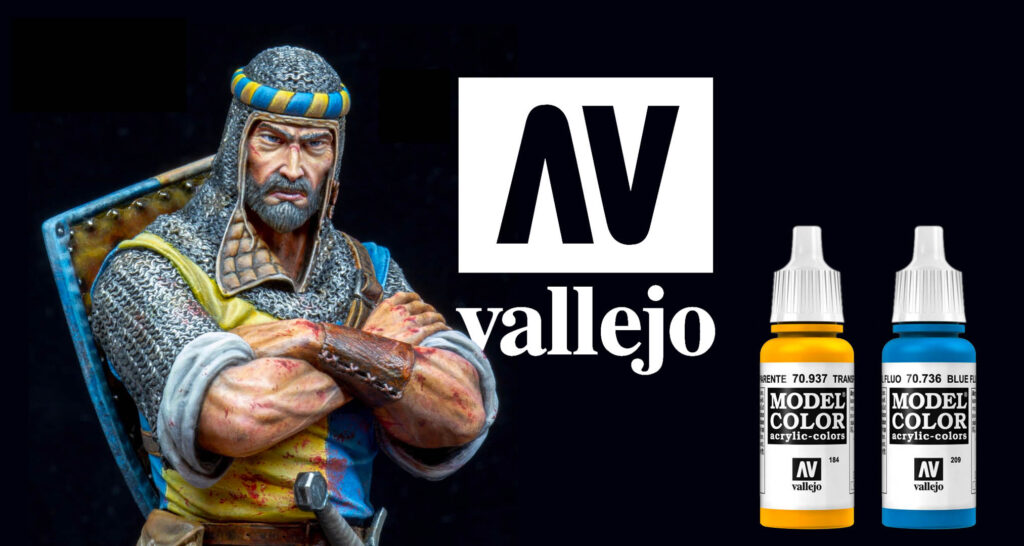
Do you know what Warhammer 40K, Yogi Bear, Dungeons & Dragons, and the Flintstones have in common? Vallejo, the best acrylic paint manufacturer in the world.
Our guest today is Amadeo Vallejo Díez, a fellow from Madrid (Spain) born in 1941, more specifically from the Ibiza Street. Like so many children of his generation, his youth was shaped by the devastation of the post-war period (Spanish Civil War).
Despite everything, in 1962, at the age of 24, he met a Dutch girl who stole his heart and they started a relationship. Like any good Dutchwoman, Eugenie Safranek Arnouts spoke several languages, including Spanish and English. A year into their relationship Eugenie saw clearly that this young man was the person with whom she wanted to share the rest of her life and decided to introduce him to her family. So, the couple went to Holland. They lived there for a year, until in 1964, they embarked on an adventure, deciding to seek their fortune in the United States of America.
Eugenie Safranek was a writer and she thought that New Jersey would provide her with the opportunities to develop her profession, so they moved to that state. Once there, they had to start from scratch. Amadeo made a living as he could, from hustle to hustle, until he started working in an ink company, with water-based colors very similar to what today we would call liquid watercolors. This twist of fate developed into a job that he would be passionate about and that would shape the rest of his life.
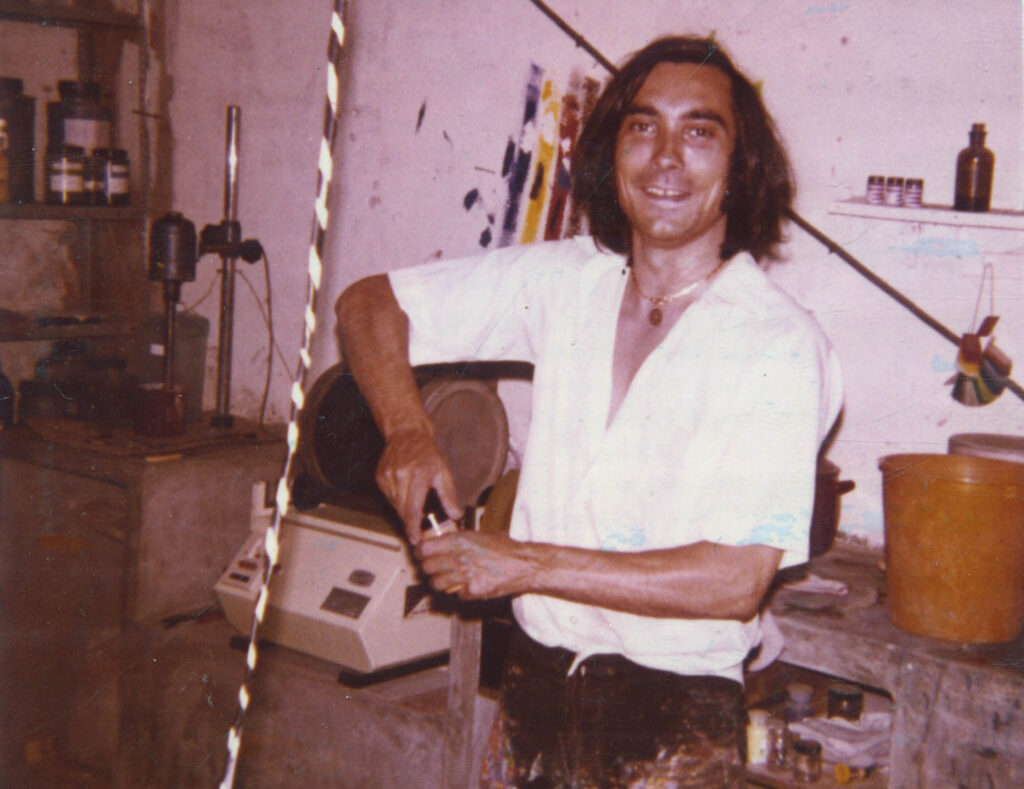
Mr. Vallejo was very fond of painting, and he immediately took to the company like a duck to water and before long rose to be the production director. As time went on, he mastered the trade, but he also realized that the type of product they manufactured was not best suited to the factory line of business, so he suggested to the owner that they produce a new line of colors. This proposal was turned down, but Vallejo was so convinced of the potential of the range of colors he had in mind that in the fall of 1965 he left his job and established his own factory to manufacture his new color range.
Vallejo had set his sights on the animation industry. Since Walt Disney was founded in 1923, countless sheets of acetate were required to color a single frame, so this was an industry with enormous potential.
The Vallejo-Safranek marriage started the new business. They set it up in the garage of their house, in true Californian startup style. To give an idea of these early days, the first commercial director was Eugenie. She spoke English, so she was in charge of managing the PR part of the business, while Amadeo focused on defining and improving the product. Soon the first orders arrived and time proved Vallejo right. One of the brands that knocked on their door was the legendary Hanna-Barbera animation studio. They were the creators of The Flintstones, Yogi Bear, Wacky Races, Scooby-Doo, and a vast series of cartoons that became synonymous with the childhood of millions of children.
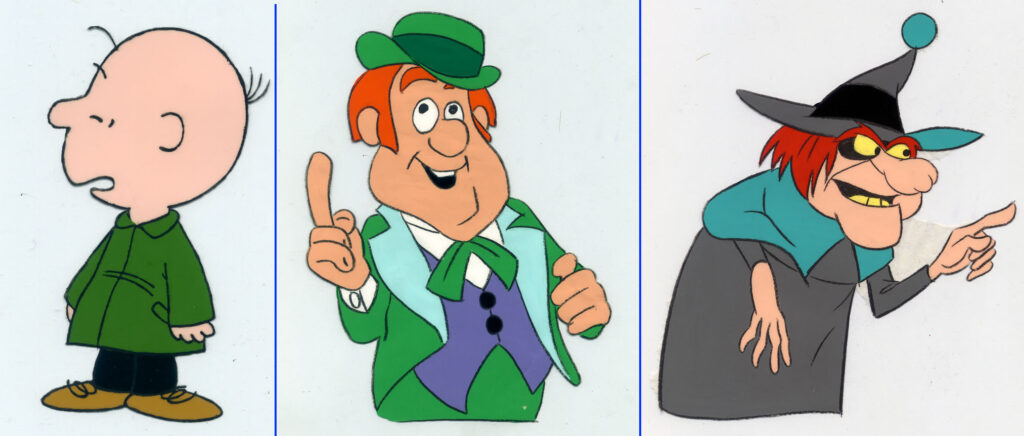
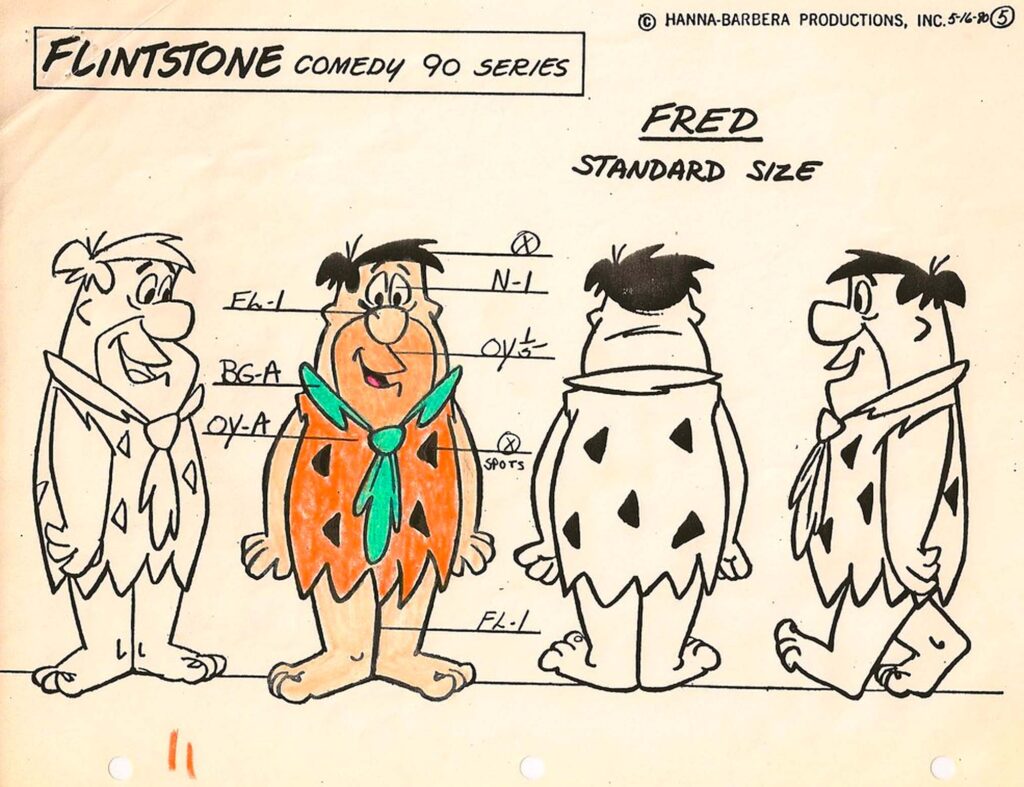
Everything was going smoothly until in 1969 Vallejo experienced something unexpected: homesickness. Amadeo was tired of his New Jersey routine. The city bored him, and he longed more and more for the hustle and bustle of the streets of Madrid and its people. Therefore, he convinced his wife to return to Spain and move their business and family from America’s East Coast to the East Coast of Spain.
How did they do it? Well, they took a ship bound for Valencia and filled their suitcases with literally hundreds of dyes, paints and pigments.
Before sailing back to Spain, Vallejo wanted to explore the possibilities that his company would have in the Spanish audio-visual industry. He travelled to New York and visited the Empire State Building to speak with the RTVE (Spanish Radio and Television Corporation) representative in the US, a young journalist called Jesús Hermida, who had commentated on the Apollo 11 moon landing for Spanish television earlier that year.
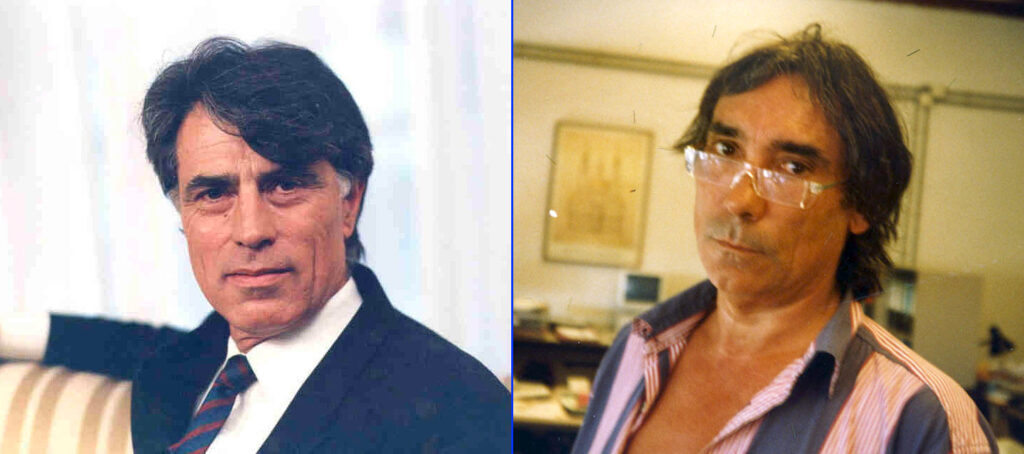
At their meeting Vallejo told Hermida that he wanted to return to Spain to create colors for animation. However, the journalist tried to dissuade him by reminding him that Spain still did not have color television. He told Vallejo: “Amadeo, it doesn’t make much sense to make colors for TV if no one can see them”. But again, Vallejo went with his instinct and ignored the journalist’s advice, continuing with his plans to return to Spain. “Color television will arrive in Spain”, he told himself.
Once they set foot again on Spanish soil, Amadeo, Eugenie and Alexander (the current CEO of Vallejo Acrylics who was only 3 years old at the time) looked for a place to rebuild their lives. They began looking for a home near the ports of Valencia or Barcelona. If Vallejo wanted to maintain the business that he had forged in the US, he knew that it had to be relatively close to a key seaport to allow him to import the materials from which his colors were made and, above all else, to continue selling the finished product abroad.
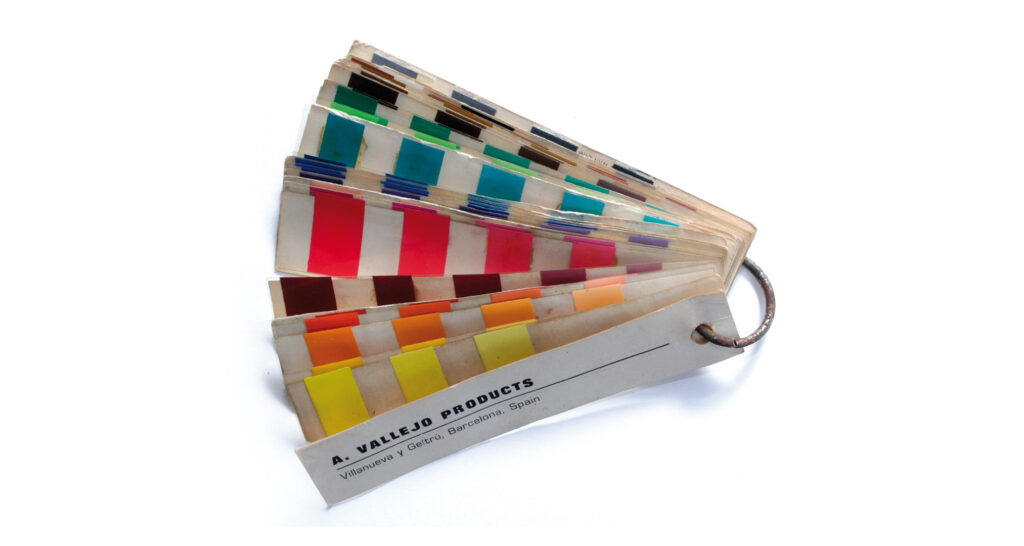
Finally, the couple rented a house in Vilanova i la Geltrú, a town in the province of Barcelona. The first Vallejo Acrylics factory on Spanish soil, as in New Jersey, began producing paint for animation studios from the garage of their family home.
Following his arrival in Spain the business evolved and eventuallythe North American animation studios were no longer Vallejo’s principal customer. He started selling to Spanish and Central European studios. There were many new cartoon studios in the Czech Republic, Hungary and in some other eastern European countries, editing films for the great film companies in London and Paris. Here were studios that needed high-quality colors, but at a reasonable price, which is where Vallejo came into play.
Among the company’s Spanish clients, the Cruz Delgado studio stood out. You probably haven’t heard of them, but they created the famous animated series about Don Quijote de La Mancha and Los Trotamúsicos. They also created colors for the Estudios Moro of the cartoonist José Luis Moro, the designer of the logo of the iconic TV program Un, dos, tres… and his mascot Ruperta. But if one thing made this studio famous, it was the announcement of La Familia Telerín and the famous Spanish animated series Soccer in Action starring “Naranjito”.
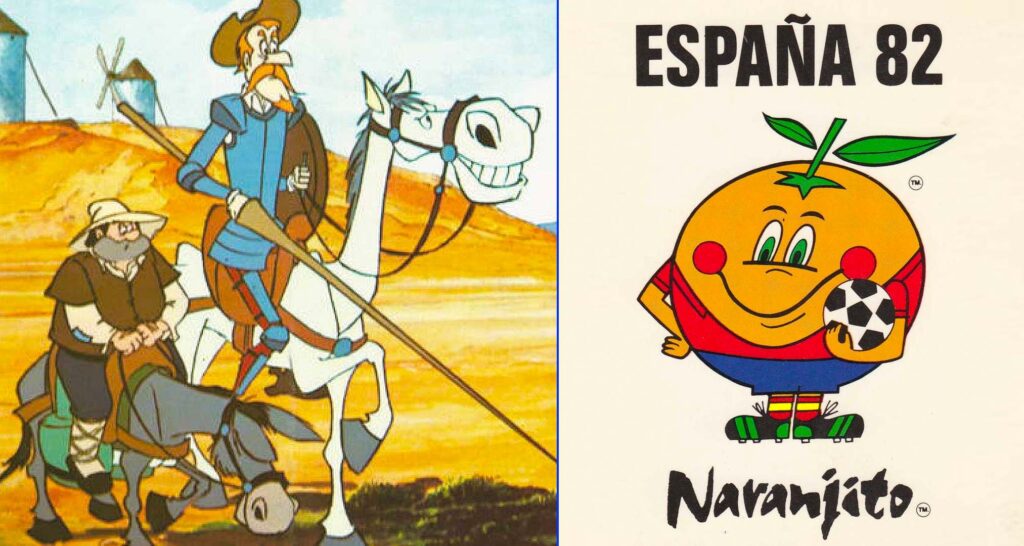
In 1972 Vallejo discovered that Film Color, which he had designed for acetate sheets used in animation, was also regularly purchased by advertising and design studios. The reason for this was its very high opacity and its matt finish. Following this revelation, he decided to create a line of artist-specific acrylic paints.
For this, he had to develop the first acrylic tube paint in Spain and only the second in Europe. As you can imagine, the demand for this type of paint skyrocketed in specialized stores nationwide. The Vallejo brand had just started a new golden age for the world of creativity and design, which was firmly established during the 80s thanks to the development of new ranges that fitted perfectly the specific needs of designers.
This was an age before desktop computers and graphic design programs, and painting and color were the main media for visual artists. Remember the liquid watercolors that Vallejo made just for graphic designers? This was a dream time for the company, because it was able to expand the business with product lines for airbrushing, decorative arts and the launch of Acrylic Studio. The Acrylic Studio was established in 1981 when several professors from the Faculty of Fine Arts of the University of Barcelona asked Vallejo to develop a specific range of colors for their Fine Arts students.
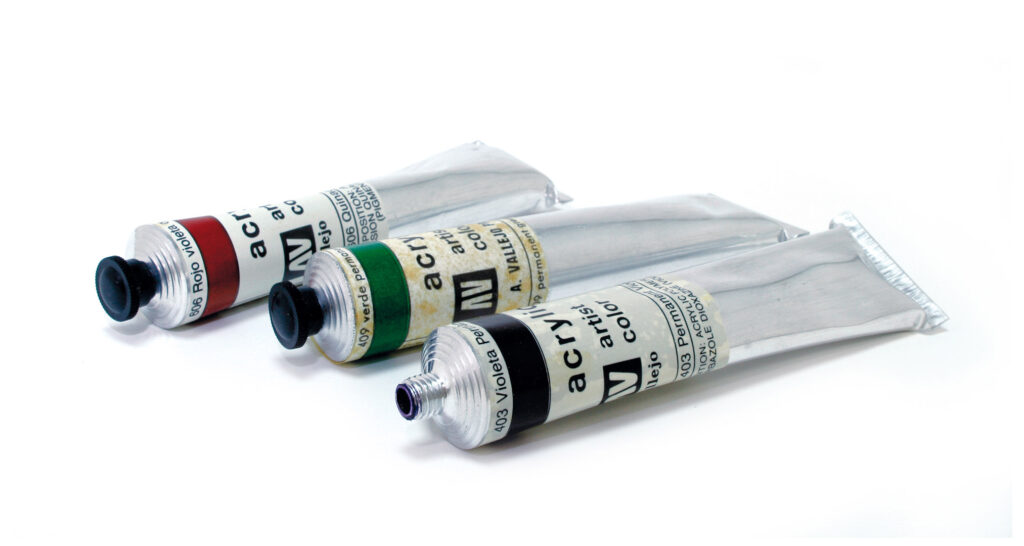
This milestone was not only relevant for the company, but it was also significant for the Spanish art and painting sector. Before then the world of Fine Arts exclusively used oil paints, and it was Vallejo who introduced acrylics to the artistic mainstream. In Spain, the use of acrylics in Fine Arts at all levels soared after Vallejo’s innovation and they have remained the mainstay of Fine Arts ever since.
In 1992 Spain was in a state of euphoria because of the Barcelona Olympic Games and Seville’s Expo 92 World Fair. Vallejo too was going from strength to strength, having discovered the market niche that would allow them to continue being on the crest of the wave of innovation in their sector. In 1992 Vallejo began to focus on the world of scale modeling.
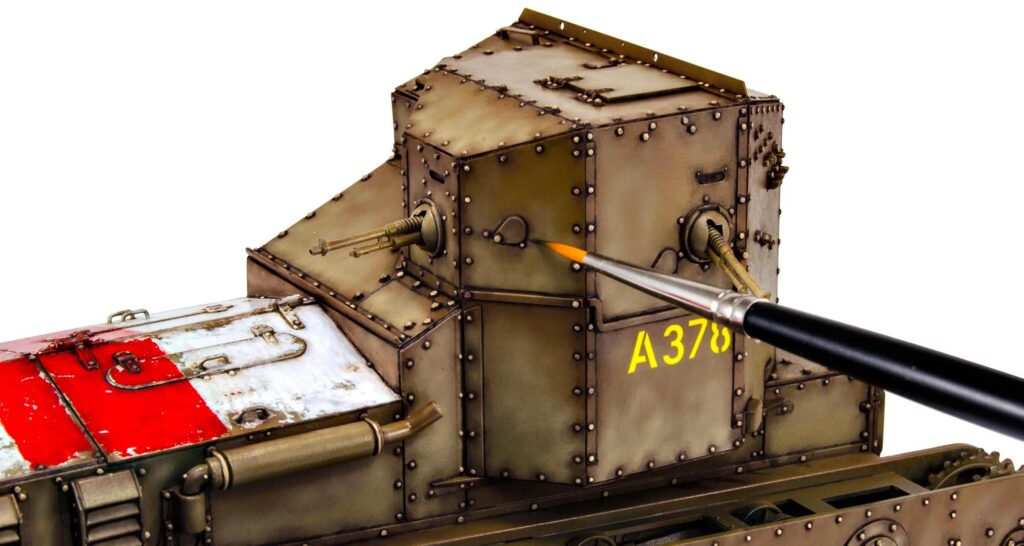
In the second season of this podcast, I discussed the origin of scale modeling when we talked about the Scalextric brand, and you’ll recall that it was, and is, a hobby that enjoys a large number of fans across the world. Beginning in the 80s some miniature manufacturers, Almirall and Palou among others, asked Vallejo for his acrylic color designed for cartoons to be used to figure painting.
Vallejo had manufactured this type of paints for third parties, but then the scale model stores discovered their origin and began to order directly from Vallejo. Amadeo realized that neither the range of colors offered nor the product presentation were ideal, just as he had with the old company in New Jersey. So, in 1992, his bloodhound instinct led him to create his own specific range of acrylics specially formulated for modeling and dioramas in a completely new format.
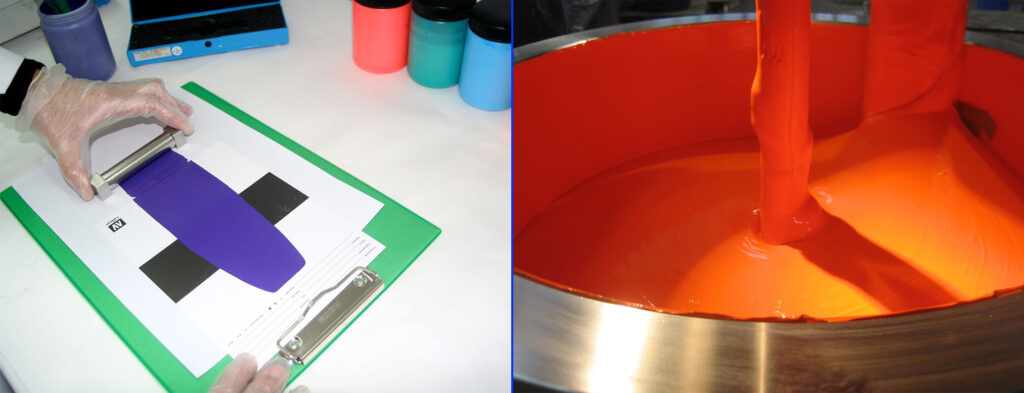
At this point Vallejo’s world-class product design team came into play, developing a 17ml bottle with drop dispenser. This accomplished two things: no paint was wasted, dispensing precisely what was needed onto the palette each time, and the paint did not dry out in the bottle. The idea worked so well that in 1995 they expanded the range and three years later they created what is now Model Color, the widest range of colors for modeling in the world.
All of this happened at the time the US animation industry was feverishly embracing new digital forms of animation in movies like Toy Story. We know that this movie was the first computer-animated feature film, but it also sounded the death knell of traditional animation. Therefore, the launch of Model Color was undoubtedly the turning point that established what we know today as the Vallejo Acrylics brand.
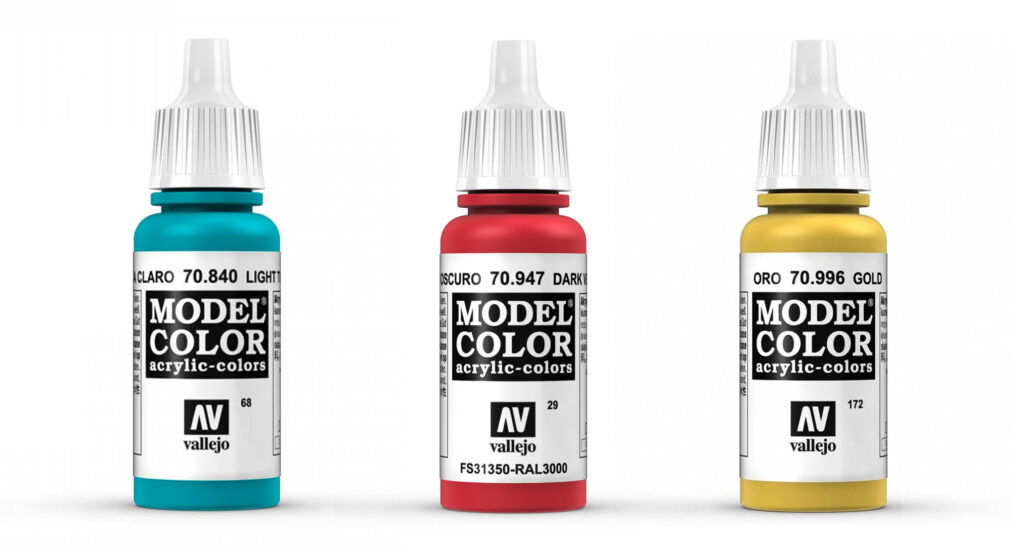
The demand for Model Color was increasing and the company did not limit itself to merely filling those orders. In addition, Vallejo invested a great deal of resources in understanding his customers, anticipating their needs and providing quality solutions. He established a very close relationship with the retailers who were selling his paints and also with the hobbyists themselves. This is similar to the approach I have spoken about before in other successful companies, such as the bike brand Orbea. Vallejo began to attend to international fairs such as the one in Nuremberg (the Mecca of the hobby industry) and appear in specialized magazines such as the North American Historical Miniature Magazine, evidence of Vallejo’s firm commitment to increase the company’s presence internationally.
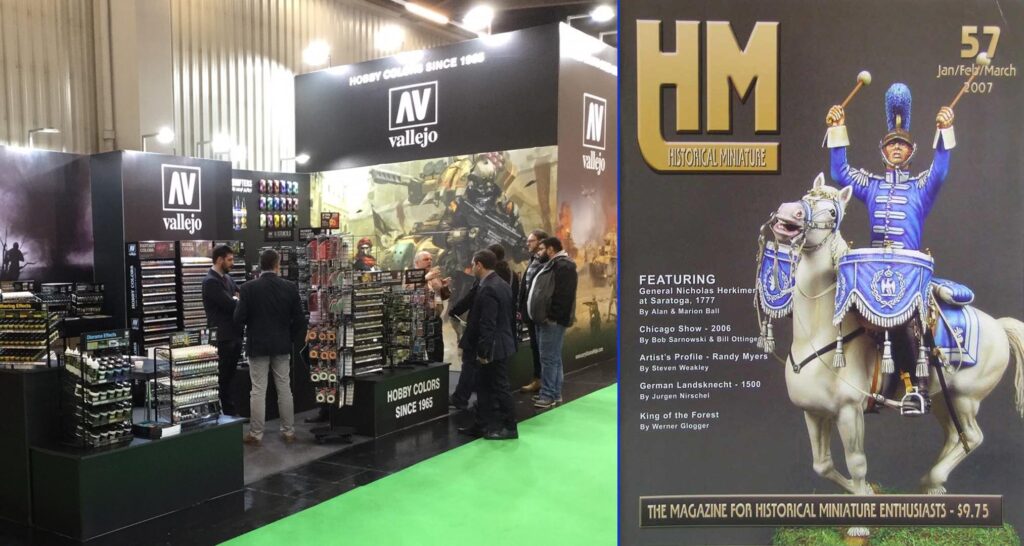
By 1997 Vallejo were already distributing their products in France, Belgium and Italy, but they also began to notice the awakening of a particular interest in the modeling hobby in Spain. Getting the message across was not always an easy task. In the 1990s and well into the 2000s, many modelers understood acrylics as solvent-based paints with a small percentage of acrylic resin, and many were not familiar with the water-based acrylics made by Vallejo.
Therefore, Vallejo worked hard to educate the modelers about the benefits of their colors. This became even more apparent in 2002 with the arrival of Model Air, a specific color range for use with airbrushes.
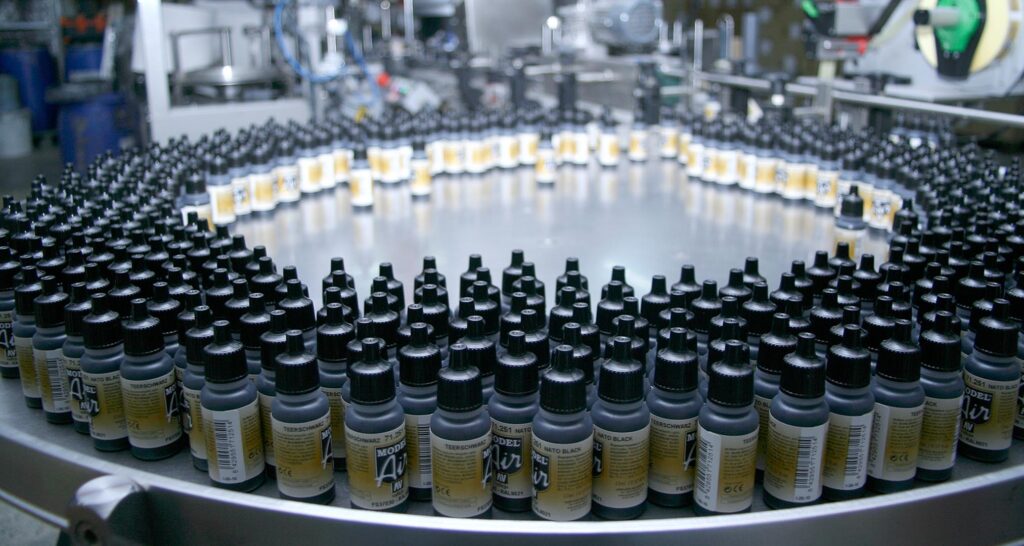
By 2003 Vallejo Acrylics had 25 employees and they were flying at full speed. Then Amadeo and Eugenie decided to step down from the helm of the business and leave it to the eldest of their three children, Alexander. Amadeo continued to supervise everything that was done in the company almost up until he passed away on 31 March 2019 at the age of 78.
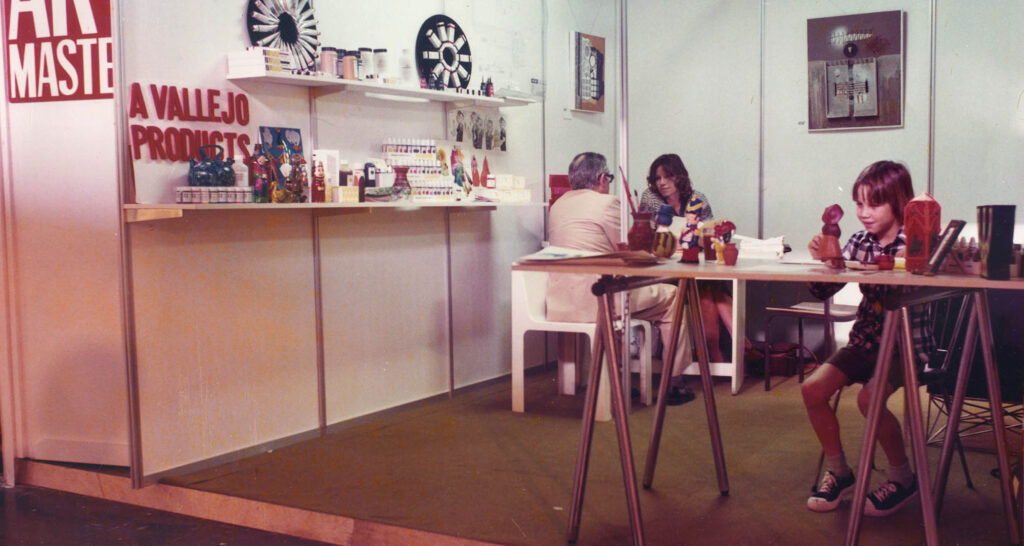
I’m not going to deny that when Alex told me that his father had recently passed away, I had the feeling that I had missed an opportunity. I was looking forward to grilling one of the world’s greatest paint-making experts, but within 5 minutes of talking to Alex, I realized that I was dealing with a person who had absorbed knowledge like a sponge from his father for many years. He also projected an air of prudence, humility, and a genuine love for his products that I have rarely come across in BrandStocker.
Amadeo would be very proud of the achievements of Vallejo Acrylics with his son at the head of the company, no doubt about it, as its financial position is enviable. Vallejo Acrylics has more than doubled its number of employees recently, reaching 65 in 2020. The Model Color product line is one of its best-known brands in the sector. Recently, thanks to the efforts of its team of technicians, Vallejo Acrylics has also added the Game Color line, designed for miniatures and scenery for tabletop games. Game Color has become one of the most popular paint ranges in this highly competitive market in no time. They have also expanded their product range to weathering products in order to offer modelers the possibility to start and finish their modeling projects using only water-based products.

Moreover, in the last decade Vallejo Acrylics has quadrupled its output, improving the formula of its colors, and manufacturing them at a rate of 7,000 pounds of paint per day. This is notable and unique as many of its competitors simply label and package third-party paints. And that is why Vallejo is the best acrylic paint manufacturer in the world.
This expertise has led them to have the lion’s share of the market in the US, followed by the United Kingdom, Germany, Spain, Holland, Denmark and China (in this order), allowing them to achieve double-digit annual growth.
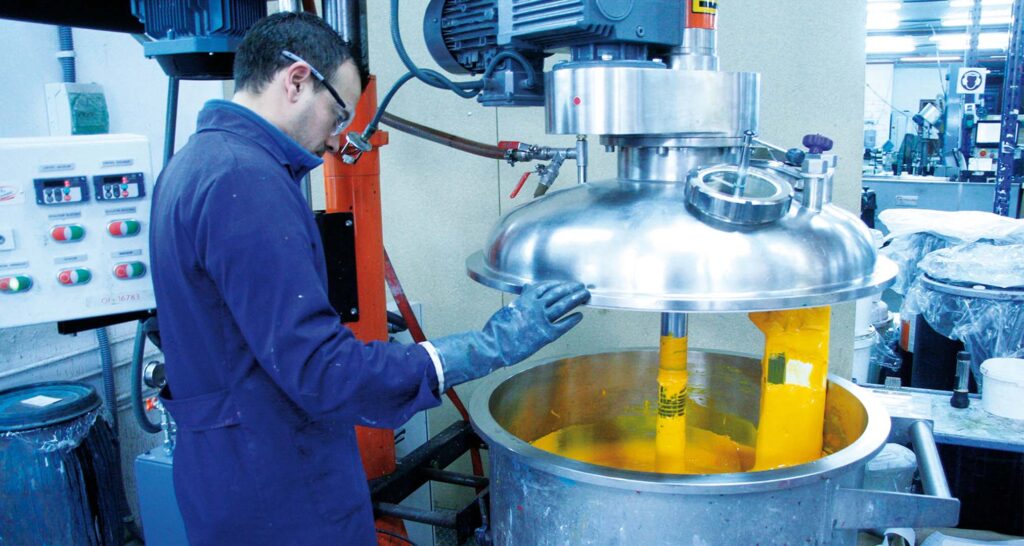
Therefore it’s no surprise that they have been the subject of acquisition attempts several times, or that they receive constant joint ventures offers. Indeed even very important companies in the sector have approached Vallejo in order to outsource the production of all their paints. The Vallejo family have had to politely dismiss all these proposals, mainly because they like their work and want to continue making paints themselves. This is an ethos that Alex Vallejo and his brothers Mike and Amadeo hold very dear to them, as do the rest of the brand’s team. Despite its situation today, it continues to be, at heart, a family business. It is currently looking for locations to build a new factory and is open to studying the possibility of acquiring a company that complements the offer.
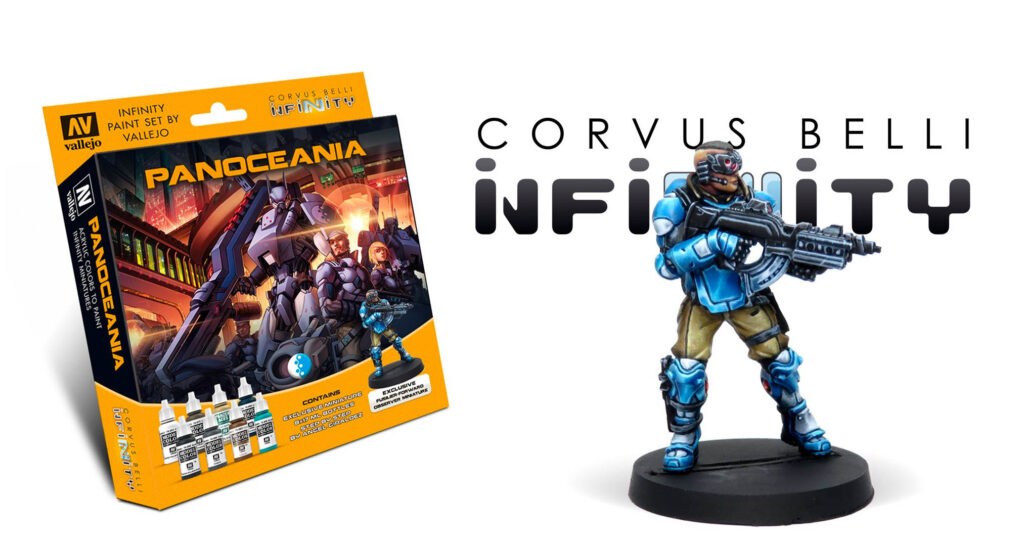
I have always wanted to say this phrase in BrandStocker: Vallejo has a future full of “color” (I had to say it). I wanted to say this because Vallejo is now working with iridescent pigments or ‘color shifters’. These change color depending on the reflection of light in a way very similar to the pearlescent effect that became fashionable in tuning cars during the 90s. The first of the Eccentric Color range appeared in 2019 and under that brand they will market several lines of ‘eccentric’ colors of which The Shifters are the tip of the spear.
Finally, I want to tell you about two of the priorities that Vallejo Acrylics is currently working on: first, to reduce the company’s carbon footprint across all its products, and, second, their desire to license and promote partnerships with tabletop game manufacturers. They started this latter venture with the Spanish company Corvus Belli, creators of the wargame Infinity, a rival to Games Workshop’s Warhammer 40K tabletop game, and they are also working with WizKids, Battlefront and other important tabletop game firms. We are also now seeing that Dungeons & Dragons, Pathfinder and other well-known names are painting the miniatures for their role-playing games with Vallejo Acrylics.
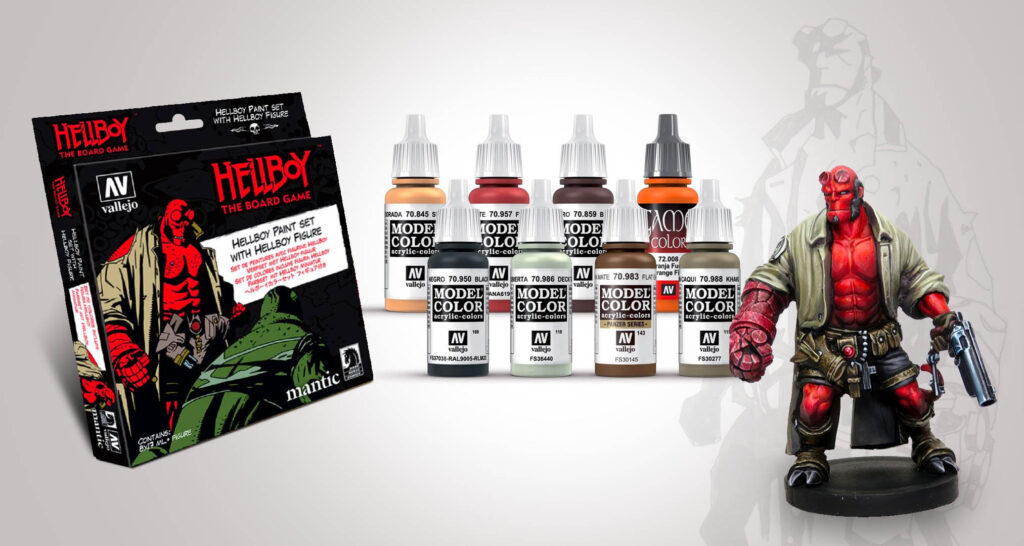
Branding rules!
Source
Rubén Galgo’s interview with Alex Vallejo, as published in the BrandStocker podcast.
Translation by Gerardo Escobedo-Sainz (Paperjerry Hobbies en Texas),
Texas IPMS Member.






